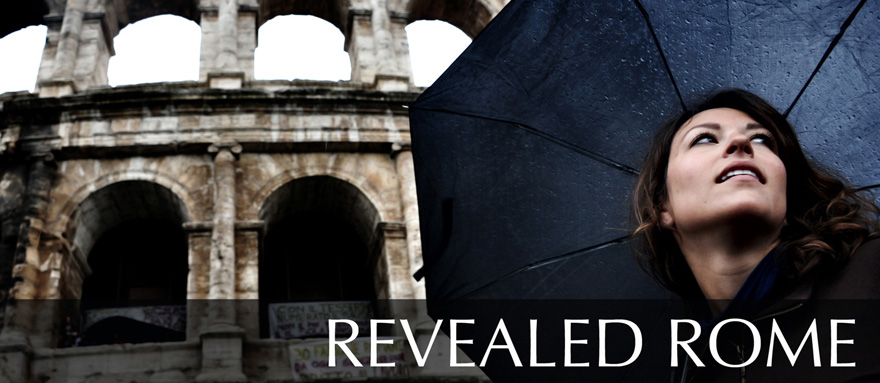Rome has so many exciting events coming up this autumn, I decided not to fit it all in one post. I will be updating this one, though (unlike my early-autumn events list), so bookmark this and check back. Last updated: November 11.
Lots of these events involve the extended, or free, openings of old favorites — so plan ahead to save a buck and miss the crowds.
September 21-25. Archeojazz, with a guided tour followed by a live jazz performance at the Mausoleo di Cecilia Metella.
September 25-26. European Heritage Days are here!
Until October 3. Oktoberfest in Rome, with music and lots of beers on tap from 6pm each night. Located on Via Appia here. (It’s not in the center).
Until October 29. The Vatican museums open at night. And each Friday in October, they’ll have live concerts, too.
Until October 28. The Villa Farnesina, usually open only weekdays from 9am-1pm, is open every Thursday evening, with free guided tours, from 7:30pm-10pm.
November 17. Budapest Bar-Urban Gipsy concert at the Museo dell’Ara Pacis at 9:30pm. Reservations are required (call 060608), and the concert is free.
November 20. Musei in Musica, with free live concerts (and a couple of dance performances) in 47 different museums and institutes in Rome.
November 27. Jazz Noir at the Museo di Roma in Trastevere, a free performance of music and noir lit reading at 5pm (with your €5 ticket to the museum).
Until December 2. RomaEuropa Festival. The annual festival, now in its 25th year, boasts a series of music, dance and theater performances. Highlights this year include a production of “Orpheus” with hip-hop music and music by Monteverdi and Philip Glass, the British rock group “The Irrepressibles,” and Laurie Anderson’s “Delusion,” a multimedia series of mystery plays that include violin, puppetry, and visuals.
Until December 28. On the last Tuesday of each month, some museums and sites in Rome, including the Borghese, Barberini and Baths of Diocletian, will be open from 7pm-11pm for free.
Until January 8. Each weekend except for the Christmas holidays, the Centrale Montemartini hosts its “Central Notes” concerts. The food and wine tasting, plus concert, costs €8. The showings are on Fridays at 8pm and Saturdays at 10pm.
Until January 9, 2011. “The Two Empires: The Eagle and the Dragon,” an exhibit comparing the ancient Roman and Chinese empires, is on at the Roman curia and, after November, Palazzo Venezia.
Until February 6. “Vincent Van Gogh: Campagna senza tempo e città moderna,” an exhibit of Van Gogh’s works, will be on at the Vittoriano.
Until February 13. Lucas Cranach: The Other Renaissance, an exhibit of Cranach’s work in the Borghese gallery.















